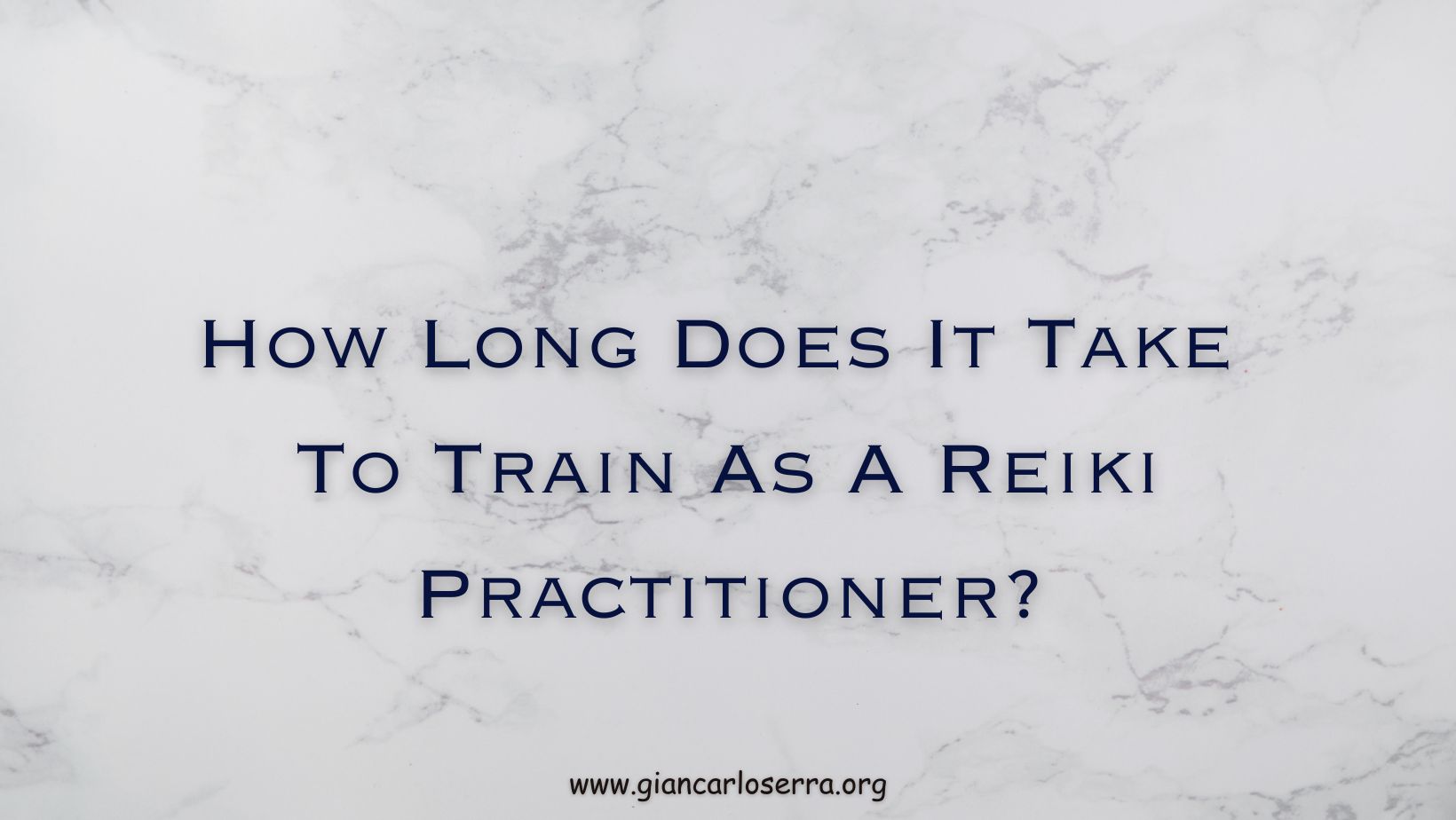
Reiki
The practice of Reiki is an original method of healing developed by Mikao Usui in Japan early in the 20th century. Usui Reiki Ryoho Gakkai, meaning “Usui Reiki Healing Method Learning Society”, is the name of the society of Reiki Masters founded by Mikao Usui.
Reiki is a safe, gentle, and relaxing healing method which can be learned and used easily by anyone. You may choose to learn Reiki for your own personal use – it is a great tool to use for relaxation and healing for yourself, and your friends and family; or you may wish to train to become a qualified reiki practitioner.
Gendai Reiki Ho is not a new Reiki system. It can be referred to as “original Japanese Usui Reiki Ryoho in the Gendai Reiki style,” as it allows people in modern society to learn and practice the original Japanese Usui Reiki Ryoho easily and comfortably.
Certification levels of Gendai Reiki Ho:
Level III – Shinpiden (Reiki 3)
Level IV – Gokuikaiden (Master)
It takes at least one year to become a Shinpiden, and at least two years to become a Reiki Master. Being a Reiki Master means that you can give attunements and teach other people, but you do not have to qualify as a Reiki Master in order to offer Reiki to other people.
How long does it take to become a professional Reiki practitioner?
The Professional Reiki Practitioner Diploma Course runs in London, United Kingdom, for a total of 8 days (Saturdays & Sundays) from 9.30am-5.30 pm over a one-year period.
The Professional Reiki Practitioner Diploma is a qualification which demonstrates that the student has followed a specific programme of study that adheres to the National Occupational Standards (NOS) and Core Curriculum for Reiki training (as devised by the Reiki Council).
This programme is accredited by the UK Reiki Federation for registration with the government funded Complementary and Natural Healthcare Council (CNHC), the independent UK regulator for complementary healthcare practitioners.
It is designed to enable students to gain competence and confidence to professionally work as a Reiki Practitioner. Qualified students will be eligible to apply to the Complementary and Natural Healthcare Council and receive the CNHC Quality Mark.
The Professional Reiki Practitioner Diploma is taught in-person in London and also includes four group supervision online sessions. Gendai Reiki Shoden Level I (Reiki 1) and Gendai Reiki Ho Okuden Level II (Reiki 2) courses are taught in person and attunements are individual and face-to-face.
In addition to taking the Shoden (Reiki 1) and Okuden (Reiki 2) seminars, students will be required to complete a portfolio of work that demonstrates that they have achieved the level of knowledge and understanding and practical application of Reiki to meet these standards in a professional capacity. Students will need to complete modules on related topics to Reiki Practice which will be monitored and evaluated.
The Professional Reiki Practitioner Diploma includes:
-The theory and practice of Reiki.
-Self-healing and self-growth.
-Coursework and case studies.
Related articles
What Is Gokai And Thr Profound Meaning Of Satori
How to Activate Your Healing Power
Gendai Reiki Ho Classes in London
Reiki, Chakras and the Human Energy Field



















